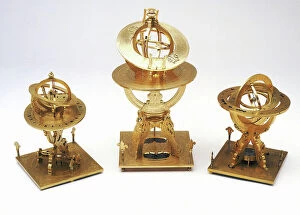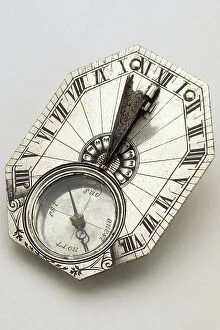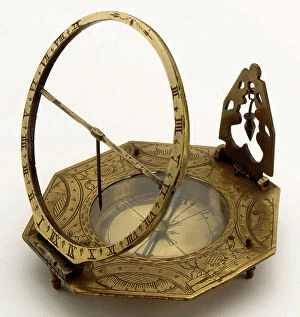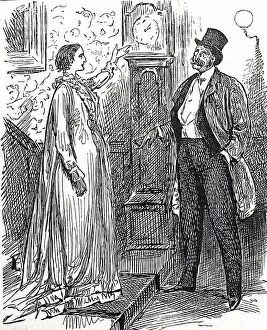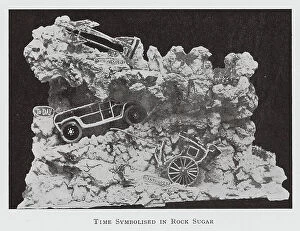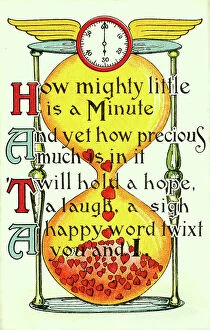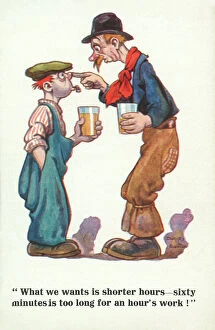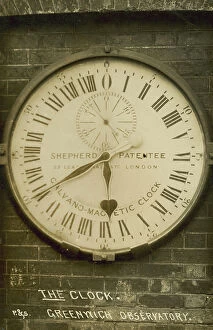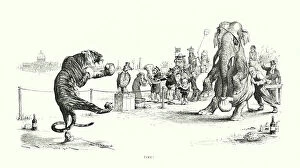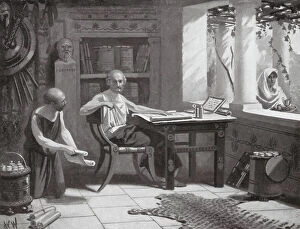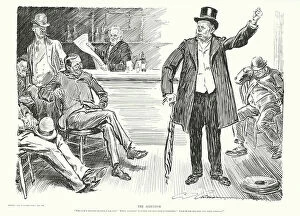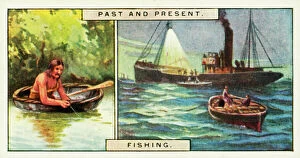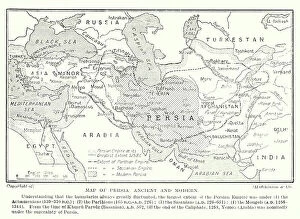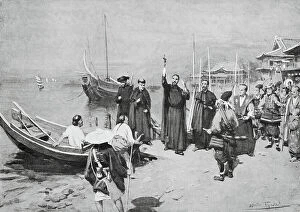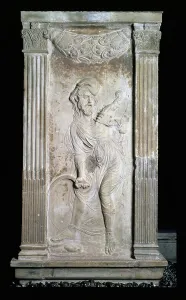Chronometry Collection (page 5)
"Capturing the Essence of Time: A Journey through Chronometry" In the realm of chronometry, time is not merely a concept but a tangible force that shapes our existence
All Professionally Made to Order for Quick Shipping
"Capturing the Essence of Time: A Journey through Chronometry" In the realm of chronometry, time is not merely a concept but a tangible force that shapes our existence. As we delve into this captivating world, an hourglass stands as a symbolic reminder of its relentless passage. Like a conceptual image frozen in eternity, it evokes both fascination and contemplation. Venturing further back in history, we encounter Vanitas, an exquisite 17th-century oil painting on wood. Within its intricate details lies an allegory of time slipping away, urging us to seize every fleeting moment before it vanishes forever. Traveling through centuries brings us to the remarkable reconstruction of Ctesibius' clepsydra—a water clock from ancient Alexandria dating back to 270 BC. This marvel showcases humanity's ceaseless quest for measuring time with precision and ingenuity. Another masterpiece emerges—an enchanting oil painting titled "Allegory of Time, Chronos and Eros. " Created around 1630, it portrays the eternal dance between these two entities as they shape our lives with their intertwined influence. Time's profound impact transcends art alone; it reveals itself in various forms. In Gustav Klimt's "The Three Ages of Woman, " painted in 1905, we witness how time gracefully ages us all while leaving behind traces of wisdom and experience. With pen, ink & watercolor on paper comes "Time Revealing Truth, " where each stroke unveils hidden depths within ourselves and society. Similarly themed is another masterpiece named "Time Unveiling Truth, " crafted meticulously with oil on canvas between 1740-45—both reminding us that truth withstands the test of time. As we journey across continents and epochs, we stumble upon a solar clock carved from marble in Spain during the first century AD—a testament to mankind's early fascination with harnessing celestial movements for marking time accurately.

